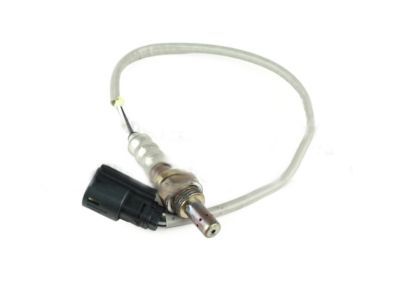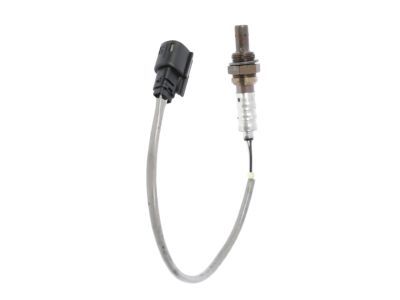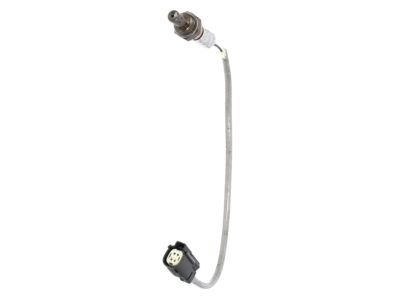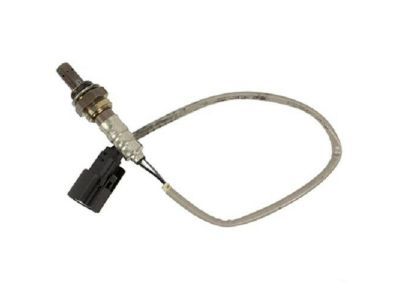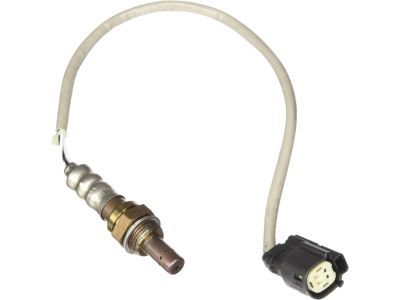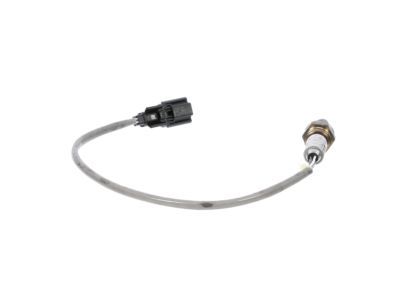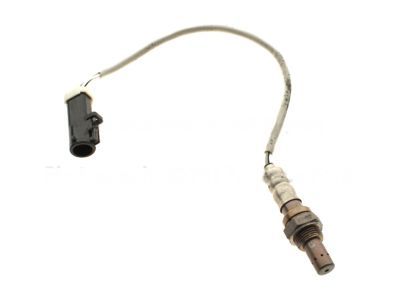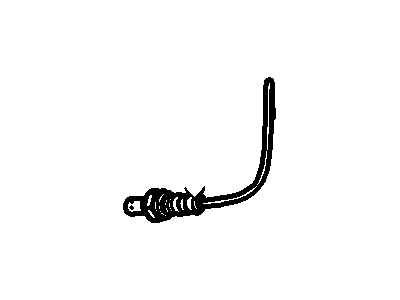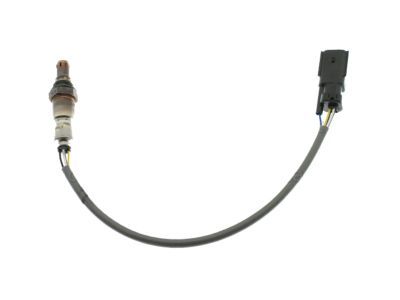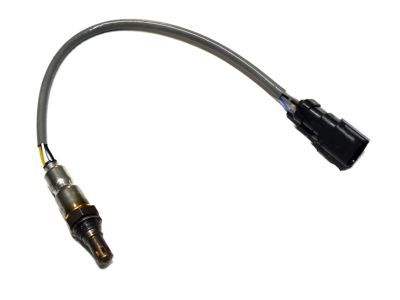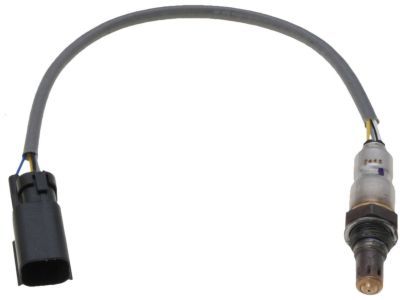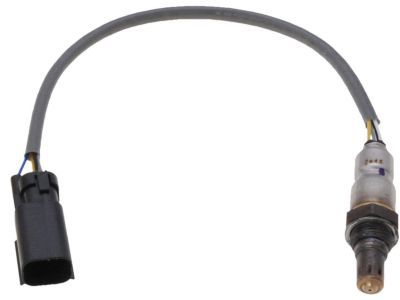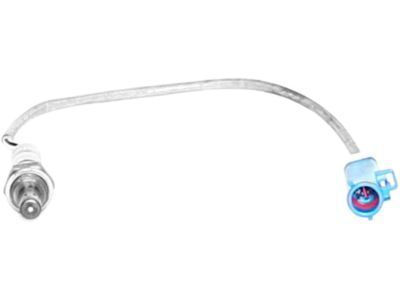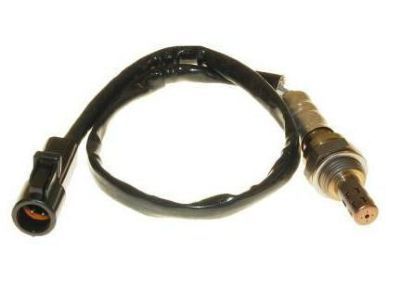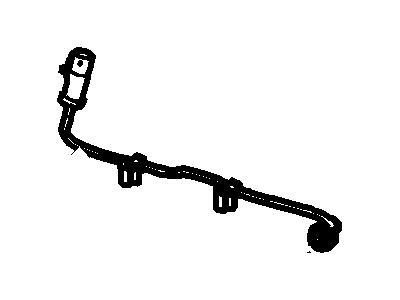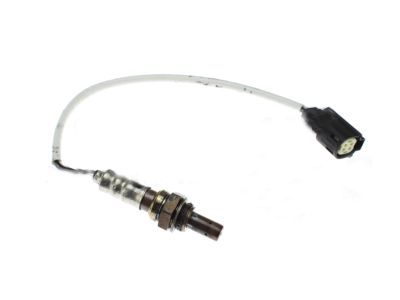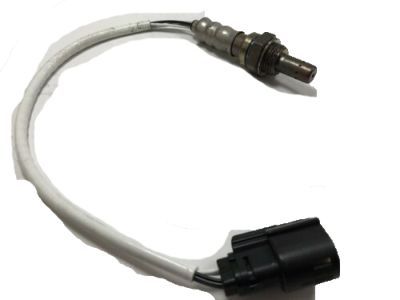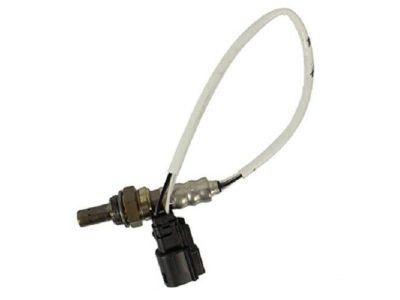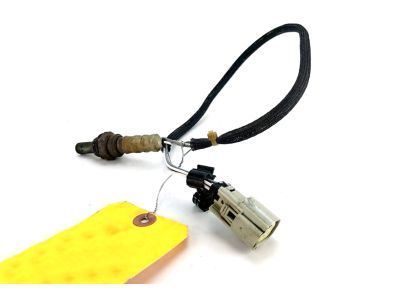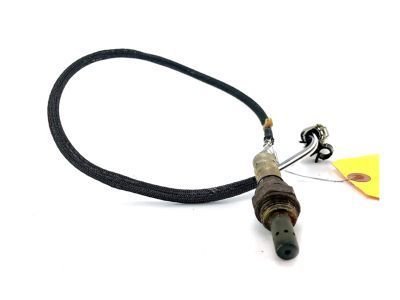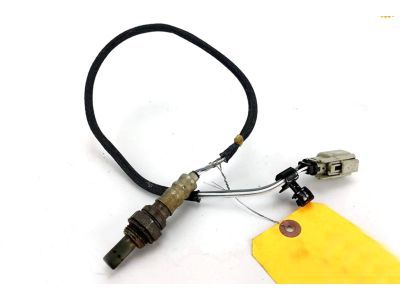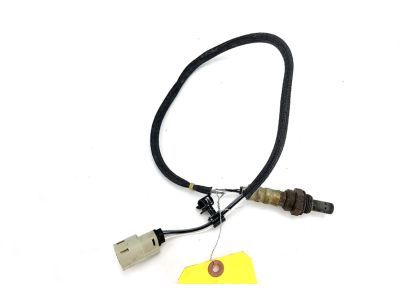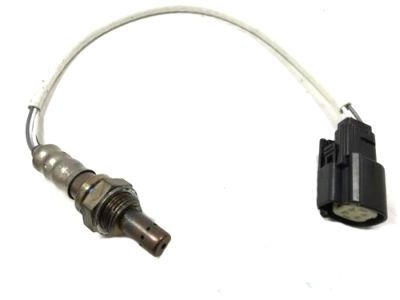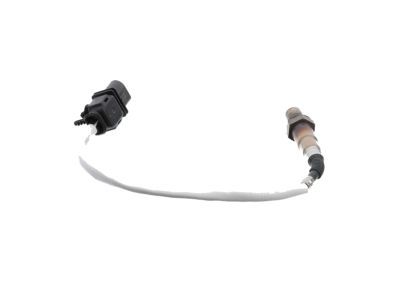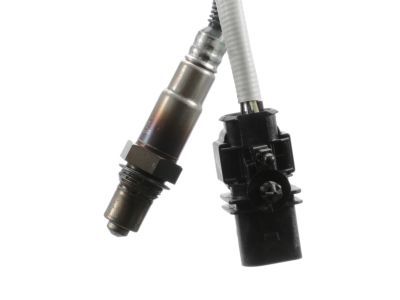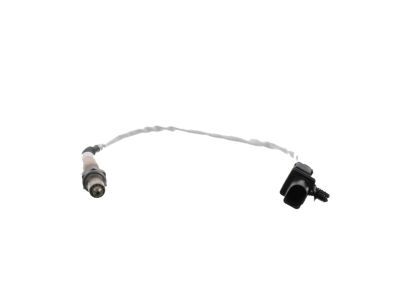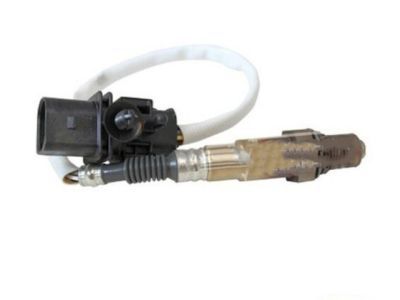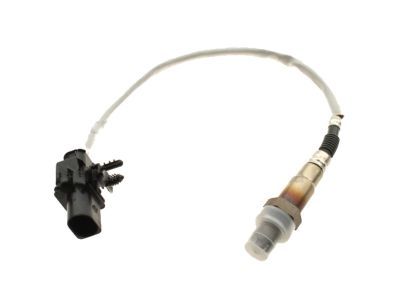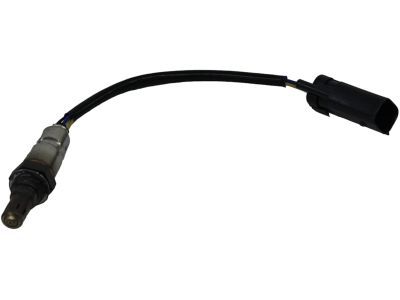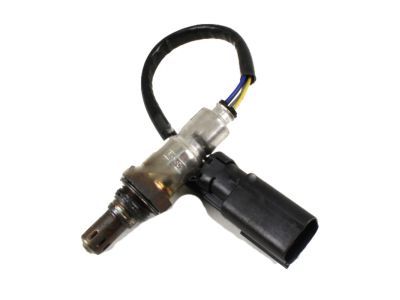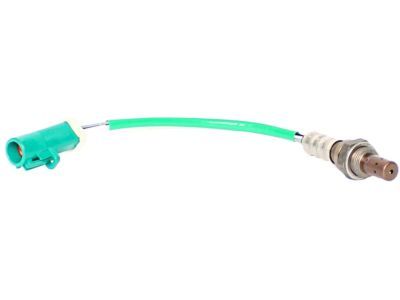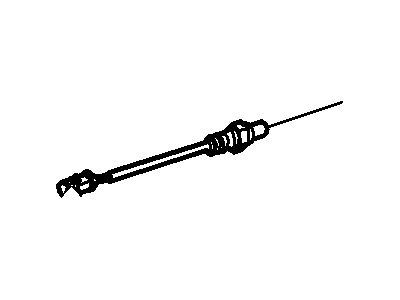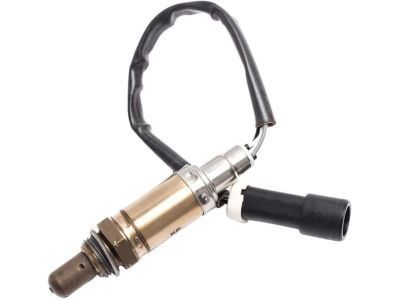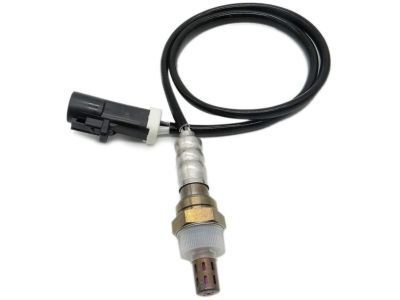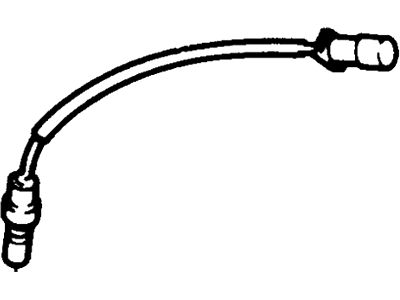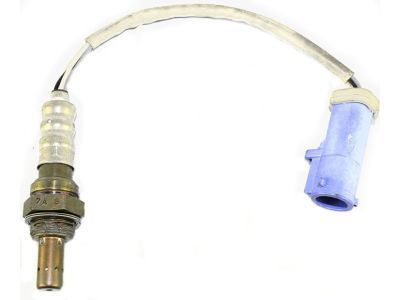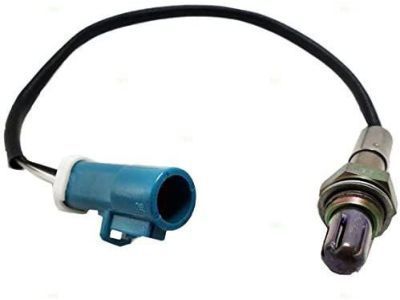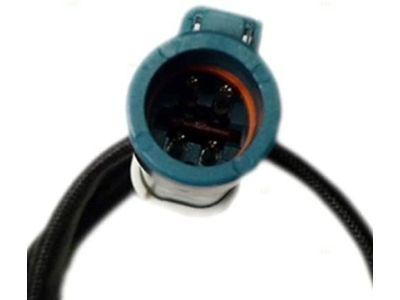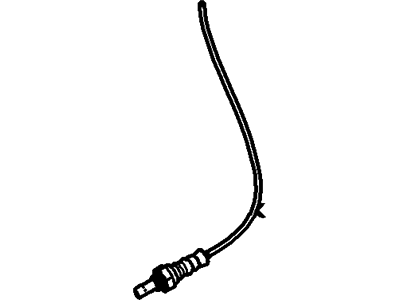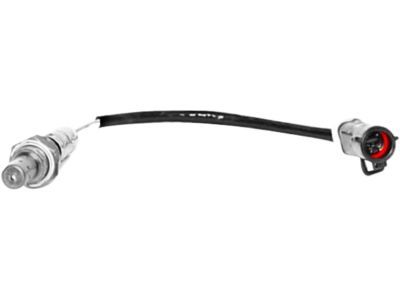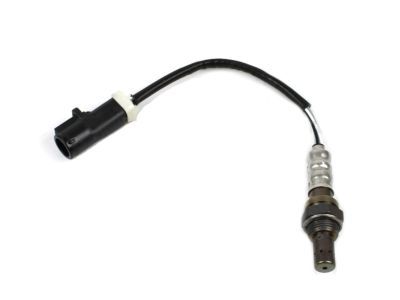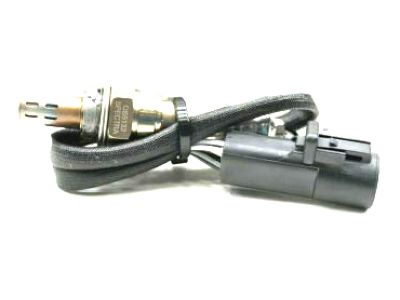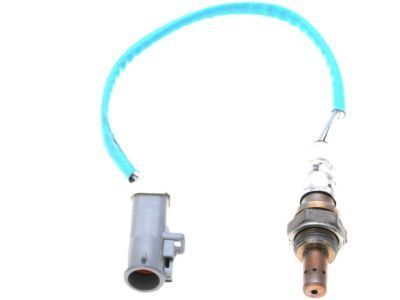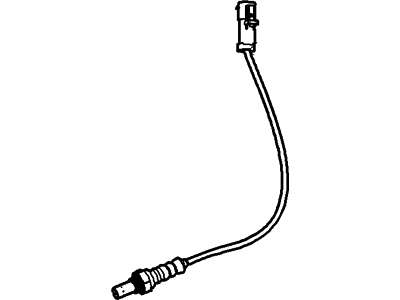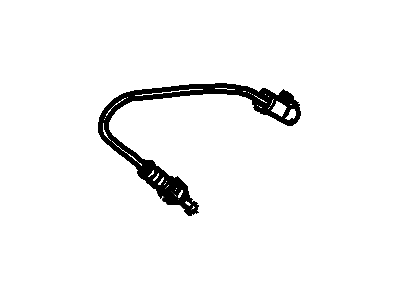

My Garage
My Account
Cart
Genuine Mercury Mariner Oxygen Sensors
Oxygen O2 Sensor- Select Vehicle by Model
- Select Vehicle by VIN
Select Vehicle by Model
orMake
Model
Year
Select Vehicle by VIN
For the most accurate results, select vehicle by your VIN (Vehicle Identification Number).
21 Oxygen Sensors found
Mercury Mariner Sensor - Exhaust Gas - Oxygen
Part Number: BE5Z-9G444-B$74.75 MSRP: $121.09You Save: $46.34 (39%)Mercury Mariner Sensor - Hego
Part Number: 5L8Z-9F472-BA$55.44 MSRP: $91.64You Save: $36.20 (40%)Ships in 1 Business DayMercury Mariner Sensor - Exhaust Gas - Oxygen
Part Number: 5L8Z-9G444-F$51.04 MSRP: $84.36You Save: $33.32 (40%)Ships in 1-2 Business DaysMercury Mariner Sensor Assembly
Part Number: YL8Z-9G444-CA$55.33 MSRP: $91.45You Save: $36.12 (40%)Ships in 1-2 Business DaysMercury Mariner Sensor - Exhaust Gas - Oxygen
Part Number: BE5Z-9G444-A$73.70 MSRP: $121.82You Save: $48.12 (40%)Ships in 1 Business DayMercury Mariner Sensor - Hego
Part Number: 8F9Z-9F472-B$95.48 MSRP: $157.82You Save: $62.34 (40%)Ships in 1 Business DayMercury Mariner Sensor - Hego
Part Number: 9E5Z-9F472-D$107.03 MSRP: $176.91You Save: $69.88 (40%)Ships in 1-2 Business DaysMercury Mariner Sensor - Hego
Part Number: 5C5Z-9F472-AA$55.77 MSRP: $92.18You Save: $36.41 (40%)Ships in 1 Business DayMercury Mariner Sensor - Hego
Part Number: XC2Z-9F472-AA$55.77 MSRP: $92.18You Save: $36.41 (40%)Ships in 1 Business DayMercury Mariner Sensor - Exhaust Gas - Oxygen
Part Number: 5W6Z-9G444-BA$55.77 MSRP: $92.18You Save: $36.41 (40%)Ships in 1 Business DayMercury Mariner Sensor - Hego
Part Number: 5L8Z-9F472-AA$57.20 MSRP: $94.55You Save: $37.35 (40%)Ships in 1-2 Business DaysMercury Mariner Sensor - Exhaust Gas - Oxygen
Part Number: 5L8Z-9G444-K$57.56 MSRP: $96.91You Save: $39.35 (41%)Ships in 1-2 Business DaysMercury Mariner Sensor - Exhaust Gas - Oxygen
Part Number: 5M6Z-9G444-A$50.69 MSRP: $79.45You Save: $28.76 (37%)Ships in 1-2 Business DaysMercury Mariner Sensor - Exhaust Gas - Oxygen
Part Number: BL8Z-9G444-A$76.56 MSRP: $126.55You Save: $49.99 (40%)Ships in 1-2 Business DaysMercury Mariner Sensor - Exhaust Gas - Oxygen
Part Number: 5L8Z-9G444-H$51.04 MSRP: $84.36You Save: $33.32 (40%)Ships in 1-2 Business DaysMercury Mariner Sensor - Exhaust Gas - Oxygen
Part Number: 5L8Z-9G444-J$51.04 MSRP: $84.36You Save: $33.32 (40%)Ships in 1-2 Business DaysMercury Mariner Sensor - Exhaust Gas - Oxygen
Part Number: 5L8Z-9G444-G$55.33 MSRP: $91.45You Save: $36.12 (40%)Ships in 1-2 Business DaysMercury Mariner Sensor - Exhaust Gas - Oxygen
Part Number: 5F9Z-9G444-BA$55.77 MSRP: $92.18You Save: $36.41 (40%)Ships in 1 Business DayMercury Mariner Sensor - Hego
Part Number: BE5Z-9F472-B$69.77 MSRP: $111.27You Save: $41.50 (38%)Ships in 1-3 Business Days
| Page 1 of 2 |Next >
1-20 of 21 Results
Mercury Mariner Oxygen Sensors
We provide a wide range of Mercury Mariner Oxygen Sensors at the best prices possible. If you need Mercury Mariner Oxygen Sensors, you can shop with confidence on our website. All our OEM parts come with a manufacturer's warranty and are delivered to your door step with a fast delivery service.
Mercury Mariner Oxygen Sensors Parts Questions & Experts Answers
- Q: What is the general information about oxygen sensors and their role on Mercury Mariner?A:An oxygen sensor functions as a galvanic battery that generates a small voltage output based on the oxygen levels in exhaust gases, providing essential input for the feedback loop with the Powertrain Control Module (PCM) to maintain the ideal air/fuel ratio of 14.7:1 for optimal catalyst performance. Vehicles equipped with On-Board Diagnostics II (OBD-II) utilize two oxygen sensors-one before and one after the Catalytic Converter-to assess converter efficiency by comparing oxygen levels in the exhaust gases. Four-cylinder models feature one upstream and one downstream heated oxygen sensor, while V6 models have four heated sensors, with two for each cylinder head and multiple catalysts. All sensors are heated to reduce warm-up time, and care must be taken during servicing to avoid damaging the permanently attached pigtail and electrical connector, as well as to keep contaminants away from the sensor. When replacing an oxygen sensor, it is advisable to warm the engine to ease removal, apply anti-seize compound to the threads if reusing an old sensor, and ensure proper torque during installation. After reconnecting the battery, the PCM must relearn its idle and fuel trim strategy for optimal performance.
